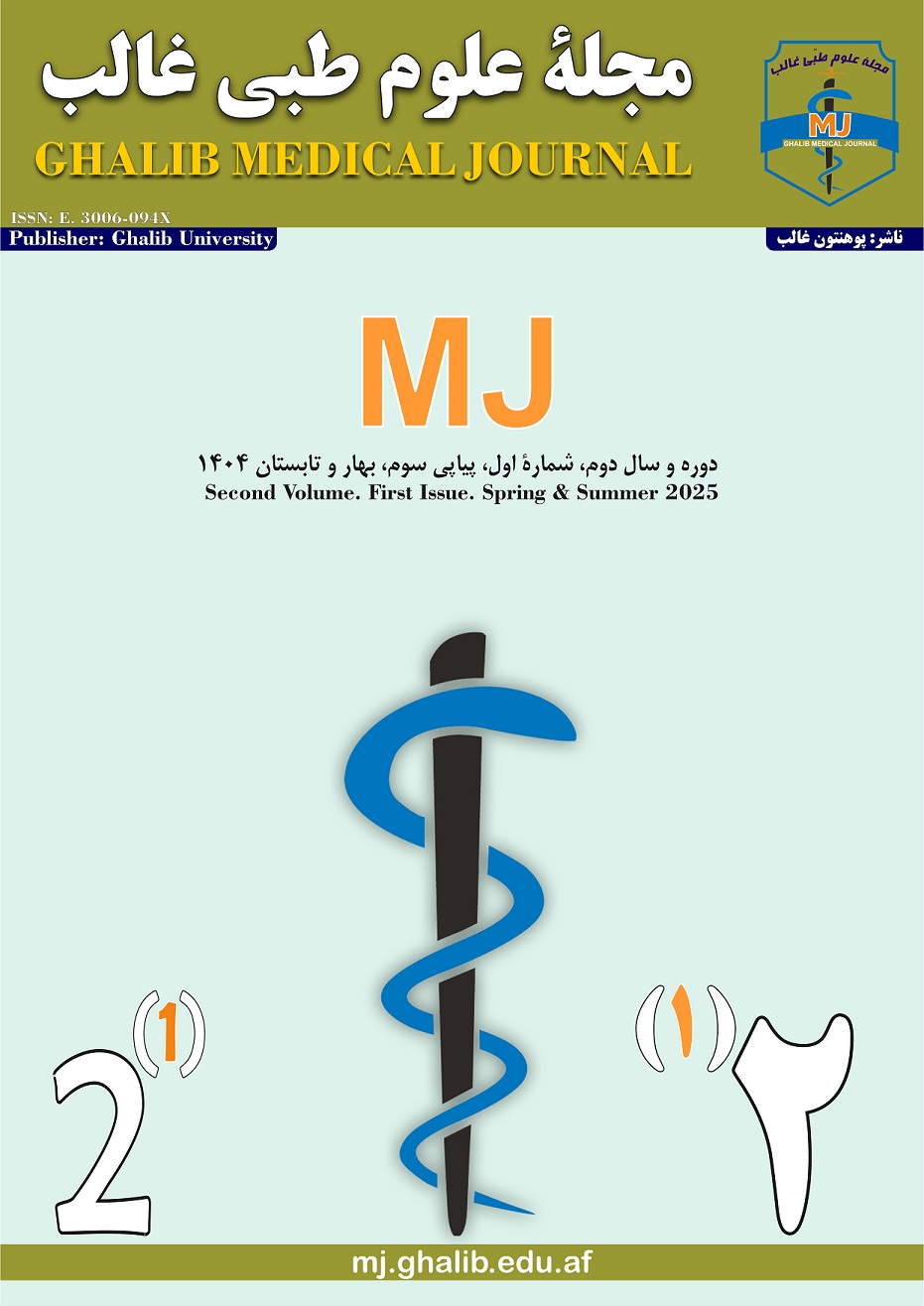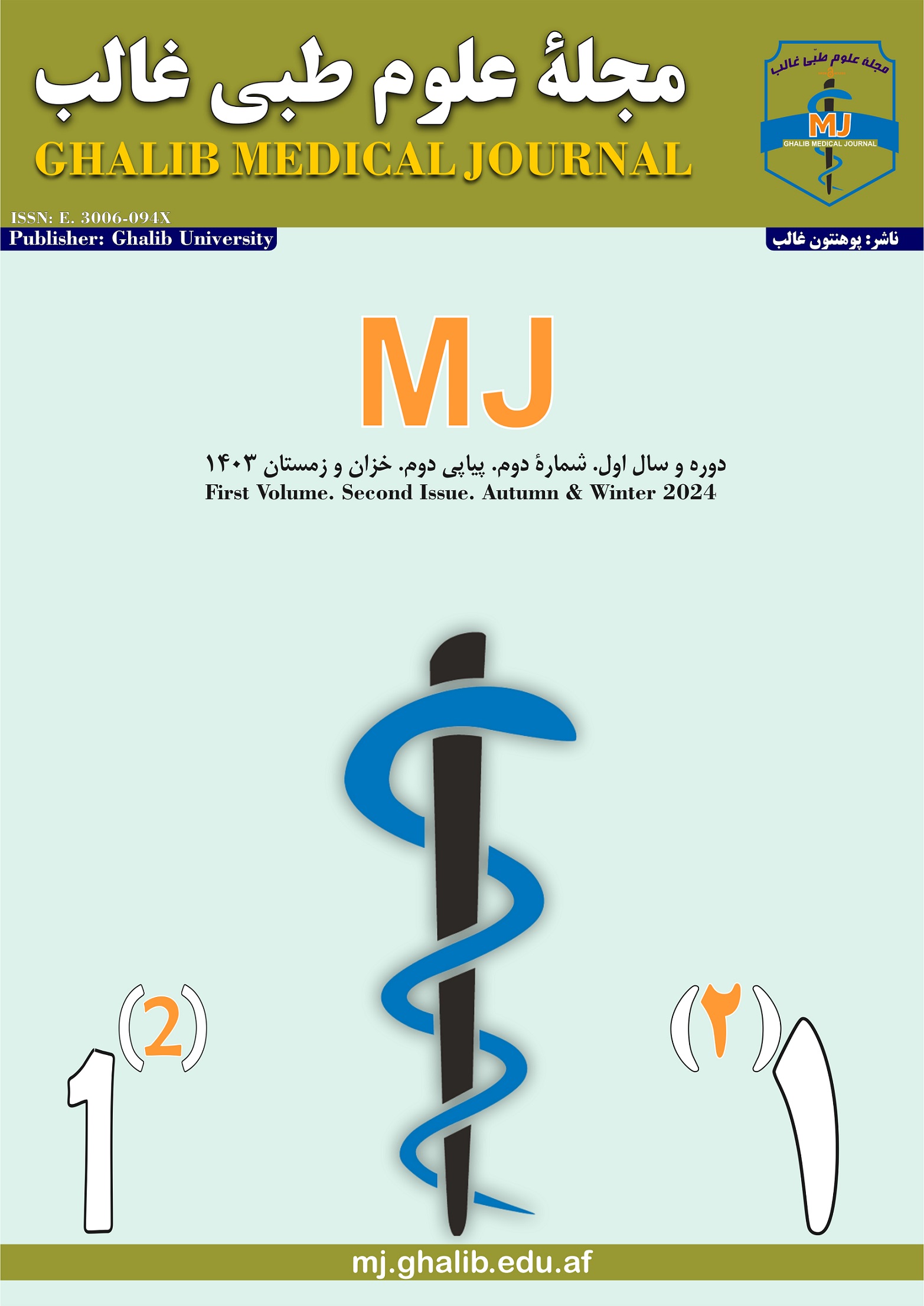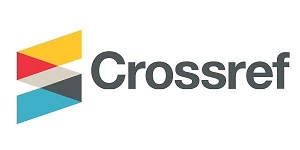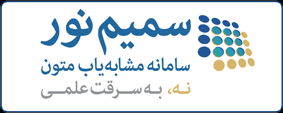Prevalence of lithotripsy complications in urinary tract stones in patients referring to Taliban hospital
DOI:
https://doi.org/10.58342/ghalibMj.V.2.I.1.3Keywords:
Lithotripsy, Stones, Urinary Tract, Complications, BleedingAbstract
Background: Lithotripsy is an effective and minimally invasive method for the treatment of urinary tract stones, reducing the need for high-risk surgeries. However, its limitations, such as lower efficacy in larger stones, recurrence, infection, bleeding, and residual stones, remain a subject of ongoing discussion. This study aims to assess the prevalence of lithotripsy complications in urinary tract stones in Herat, Afghanistan.
Methods: This cross-sectional descriptive study was conducted on 59 patients with urinary tract stones, aged between 1 and 60 years, over one year from March 21, 2018, to March 20, 2019, in Tabiban Hospital, Herat. Patients diagnosed with urinary tract stones and candidates for lithotripsy were evaluated, with demographic information recorded. Data analysis was performed using SPSS version 27.
Results: The highest incidence of cases was observed in the third decade of life (38.9%). In terms of gender distribution, 77.96% of the patients were male, and 22.03% were female. Most cases (76%) were from Herat province. The smallest detected stone measured 7 mm, while the largest was 20 mm. The success rate of lithotripsy was 95%. Regarding stone location, the highest incidence was in the right kidney (39%). Among post-lithotripsy complications, bleeding was observed in 20.3% of cases, with blood transfusion required in only 3.38%. Infection occurred in 6.7% of cases, and cutaneous ecchymosis was observed in 6.7%.
Conclusion: Overall, lithotripsy is a minimally invasive procedure with fewer complications, lower costs, and, in most cases, no hospitalization, making it a viable treatment option for urinary tract stones.
References
Abe T, Akakura K, Kawaguchi M, Ueda T, Ichikawa T, Ito H, et al. Outcomes of shockwave lithotripsy for upper urinary-tract stones: a large-scale study at a single institution. J Endourol 2005;19:768–73. https://doi.org/10.1089/end.2005.19.768.
Chiang Y-T, Chen S-M, Tsui H-M, Juang H-H, Lin C-W, Chiang M-H, et al. Ultrasound-guided extracorporeal shock wave lithotripsy with minimal x-ray exposure prevented genitourinary tract injury patients with urolithiasis in Taiwan. Sci Prog 2023;106:00368504231220988. https://doi.org/10.1177/00368504231220988.
Finlayson B. Physicochemical aspects of urolithiasis. Kidney Int 1978;13:344–60. https://doi.org/10.1038/ki.1978.53.
Bhatti KH, Gomha F, Shaat A, Rahman KMA, Albodour A, Smain AM, et al. Efficacy and safety of supine percutaneous nephrolithotomy in obese patients. J Ayub Med Coll Abbottabad 2024;36:45–9. https://doi.org/10.55519/JAMC-01-12496.
Torricelli FCM, Danilovic A, Vicentini FC, Marchini GS, Srougi M, Mazzucchi E. Extracorporeal shock wave lithotripsy in the treatment of renal and ureteral stones. Rev Assoc Med Bras 2015;61:65–71. https://doi.org/10.1590/1806-9282.61.01.065.
Ghalayini IF, Al-Ghazo MA, Khader YS. Evaluation of emergency extracorporeal shock wave lithotripsy for obstructing ureteral stones. Int Braz J Urol 2008;34:433–42. https://doi.org/10.1590/S1677-55382008000400005.
Gunlusoy B, Degirmenci T, Kozacioglu Z, Arslan M, Ceylan Y, Nergiz N, et al. Factors affecting the complications of pneumatic lithotripsy for the treatment of ureteral stones with different localizations: a multivariate analysis of complications. Urol Int 2013;91:357–62. https://doi.org/10.1159/000350243.
Peng C-X, Lou Y-K, Xu L, Wu G-H, Zhou X-L, Wang K-E, et al. Efficacy of emergency extracorporeal shock wave lithotripsy in the treatment of ureteral stones: a meta-analysis. BMC Urol 2023;23:56. https://doi.org/10.1186/s12894-023-01226-5.
Jiao B, Luo Z, Xu X, Zhang M, Zhang G. Minimally invasive percutaneous nephrolithotomy versus retrograde intrarenal surgery in surgical management of upper urinary stones-A systematic review with meta-analysis. Int J Surg 2019;71:1–11. https://doi.org/10.1016/j.ijsu.2019.09.005.
Basuguy E, Önen A, Azizoğlu M, Okur MH, Aydoğdu B, Arslan S. Effectiveness of extracorporeal shock wave lithotripsy in urolithiasis patients under 2 years of age. Cir Cir 2023;91:620–6. https://doi.org/10.24875/ciru.22000548.
Türk C, Knoll T, Petrik A, Sarica K, Straub M, Seitz C. Guidelines on urolithiasis. Eur Assoc Urol 2011. https://doi.org/10.1159/000049803.
Nasu Y, Kurashige T, Kumon H. Common and uncommon complications related to ESWL. Treat. Urolithiasis, Springer; 2001, p. 153–66. https://doi.org/10.1007/978-4-431-68517-3_12.
Mezentsev V. Meta-analysis of the efficacy of non-steroidal anti-inflammatory drugs vs. opioids for SWL using modern electromagnetic lithotripters. Int Braz J Urol 2009;35:293–8. https://doi.org/10.1590/S1677-55382009000300005.
Nielsen TK, Jensen JB. Efficacy of commercialised extracorporeal shock wave lithotripsy service: a review of 589 renal stones. BMC Urol 2017;17:1–5.
Reynolds LF, Kroczak T, Pace KT. Indications and contraindications for shock wave lithotripsy and how to improve outcomes. Asian J Urol 2018;5:256–63. https://doi.org/10.1016/j.ajur.2018.08.006.
Rao SR, Ballesteros N, Short KL, Gathani KK, Ankem MK. Extra corporeal shockwave lithotripsy resulting in skin burns–a report of two cases. Int Braz J Urol 2014;40:853–7. https://doi.org/10.1590/S1677-5538.IBJU.2014.06.19.
Senocak C, Ozcan C, Sahin T, Yilmaz G, Ozyuvali E, Sarikaya S, et al. Risk factors of infectious complications after flexible uretero-renoscopy with laser lithotripsy. Urol J 2018;15:158–63.
Wagenius M, Jakobsson J, Stranne J, Linder A. Complications in extracorporeal shockwave lithotripsy: a cohort study. Scand J Urol 2017;51:407–13. https://doi.org/10.1080/21681805.2017.1347821.
Kim T-B, Park H-K, Lee K-Y, Kim K-H, Jung H, Yoon S-J. Life-threatening complication after extracorporeal shock wave lithotripsy for a renal stone: a hepatic subcapsular hematoma. Korean J Urol 2010;51:212. https://doi.org/10.4111/kju.2010.51.3.212.
Wong CH-M, Ko IC-H, Tang ES-F, Yuen SK-K, Leung DK-W, Kong AW-Y, et al. Risk factors of hematoma after SWL for renal calculi: analysis from RCTs and a literature review. Int Urol Nephrol 2024:1–10. https://doi.org/10.1007/s11255-024-04205-3.
Sohail N, Albodour A, Abdelrahman KM. Percutaneous nephrolithotomy in complete supine flank-free position in comparison to prone position: A single-centre experience. Arab J Urol 2017;15:42–7. https://doi.org/10.1016/j.aju.2016.10.001.
Nielsen TK, Jensen JB. Efficacy of commercialised extracorporeal shock wave lithotripsy service: a review of 589 renal stones. BMC Urol 2017;17:1–5. https://doi.org/10.1186/s12894-017-0249-8.











